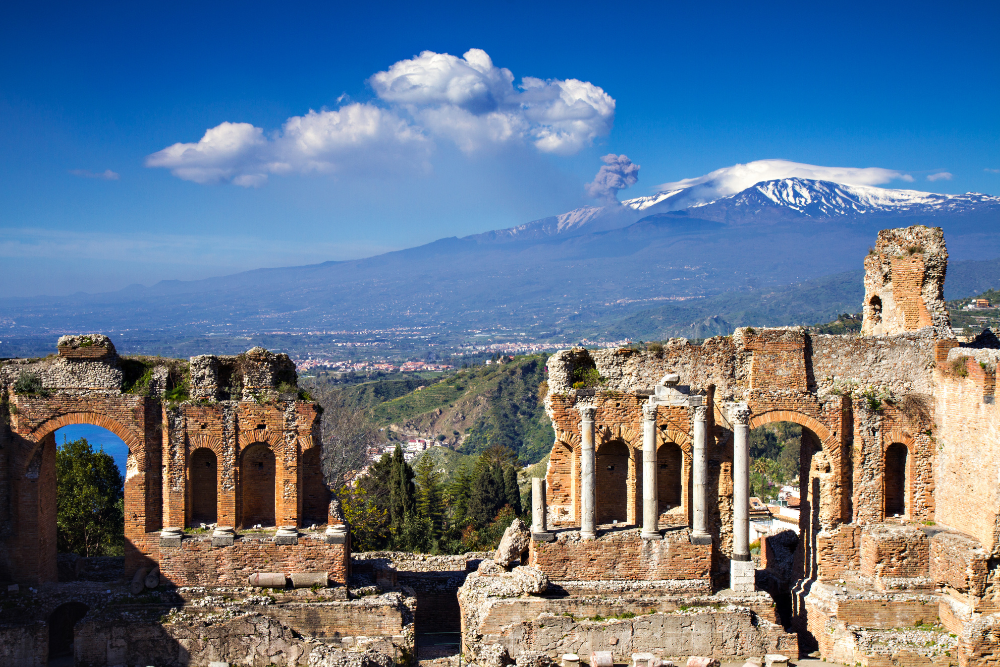The ancient cities of Pompeii and Herculaneum offer a unique glimpse into Roman life frozen in time by the catastrophic eruption of Mount Vesuvius in AD 79. Buried under layers of ash and volcanic material for centuries, these archaeological sites provide a vivid portrayal of daily life in the Roman Empire. Today, they stand as two of Italy’s most significant historical landmarks, drawing millions of visitors eager to explore their well-preserved ruins.
1. A Tale of Two Cities: Pompeii and Herculaneum
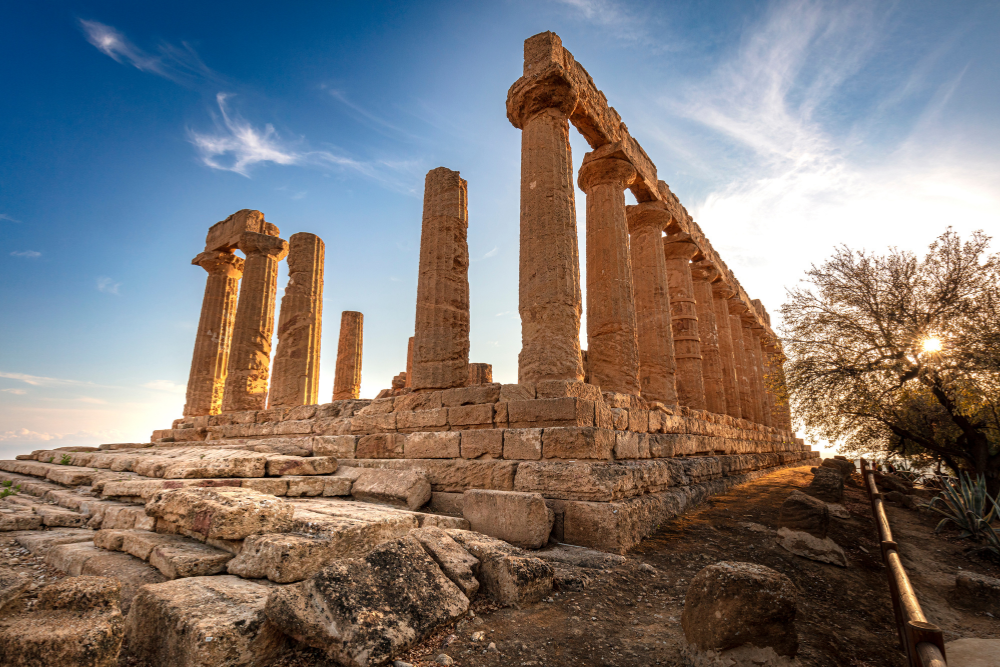
- Pompeii:
Once a bustling commercial hub, Pompeii was a city of 15,000–20,000 people, featuring grand villas, markets, bathhouses, and amphitheaters. The eruption covered the city in ash, preserving buildings, frescoes, and even the imprints of its inhabitants.- Highlights:
- The Forum: The city’s political, religious, and economic center.
- The Villa of the Mysteries: Known for its stunning frescoes depicting mysterious rituals.
- The Amphitheater: One of the oldest surviving Roman amphitheaters.
- Plaster Casts: Haunting impressions of victims captured in their final moments.
- Highlights:
- Herculaneum:
A smaller, wealthier town compared to Pompeii, Herculaneum was buried under a thicker layer of volcanic material, which preserved organic materials such as wood, food, and even furniture. The site provides insight into the lives of the Roman elite.- Highlights:
- The House of the Wooden Partition: Notable for its intact wooden doors and furnishings.
- The Bathhouses: Featuring intricate mosaics and well-preserved interiors.
- The Boat Sheds: Where the remains of those who sought refuge during the eruption were discovered.
- Highlights:
2. Differences Between Pompeii and Herculaneum
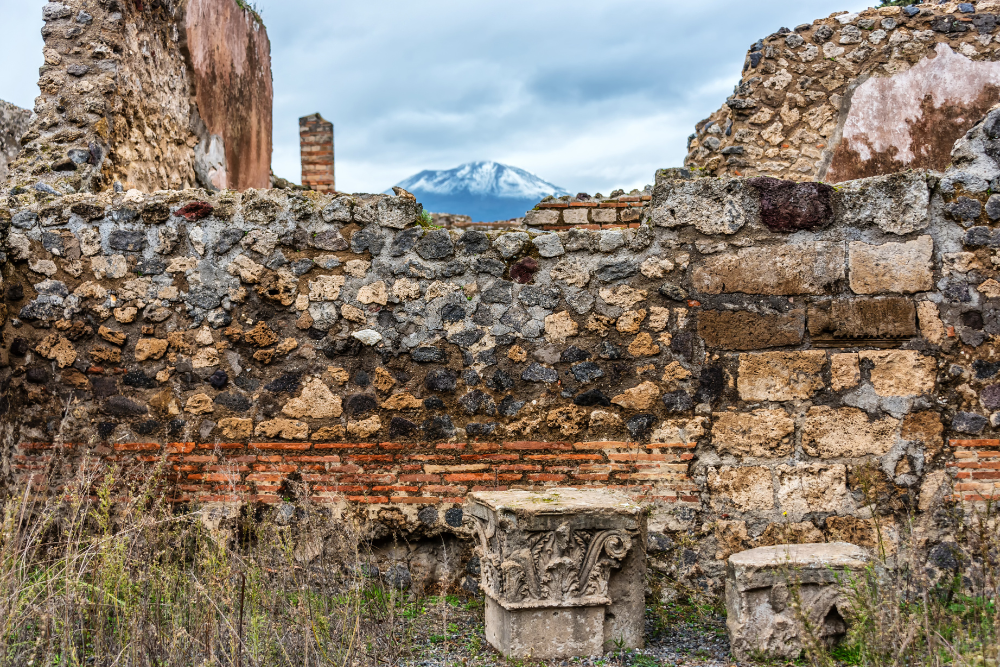
While both cities were affected by the same eruption, their preservation and discoveries differ significantly:
- Size and Scope: Pompeii is larger, allowing visitors to explore an entire city, while Herculaneum is smaller but more densely packed with luxurious homes.
- Preservation: Pompeii’s buildings were crushed under ash, but Herculaneum’s deep volcanic material preserved even delicate items like wooden furniture.
- Crowds: Pompeii tends to be more crowded due to its fame, whereas Herculaneum offers a quieter, more intimate experience.
3. Tips for Visiting Pompeii and Herculaneum
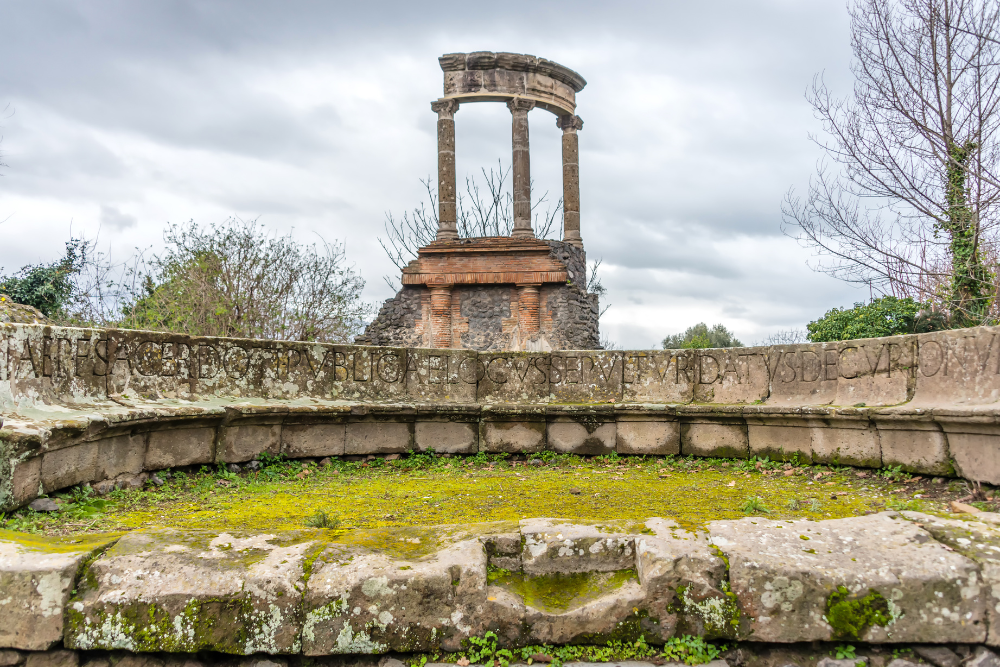
- Plan Your Time:
- Pompeii is vast and requires at least 4–6 hours to explore fully. For a quicker visit, prioritize highlights like the Forum, amphitheater, and key villas.
- Herculaneum can be explored in 2–3 hours, making it easier to pair with a Pompeii visit in one day.
- Guided Tours: Hiring a guide or joining a tour adds context to the ruins, bringing the ancient cities to life with stories and historical details. Audio guides are also available for a self-paced experience.
- Timing: Visit early in the morning or late in the afternoon to avoid crowds and the midday heat, especially during summer.
- Essentials: Wear comfortable walking shoes, bring sunscreen and a hat, and carry water, as the sites are expansive and mostly exposed to the sun.
4. Getting There
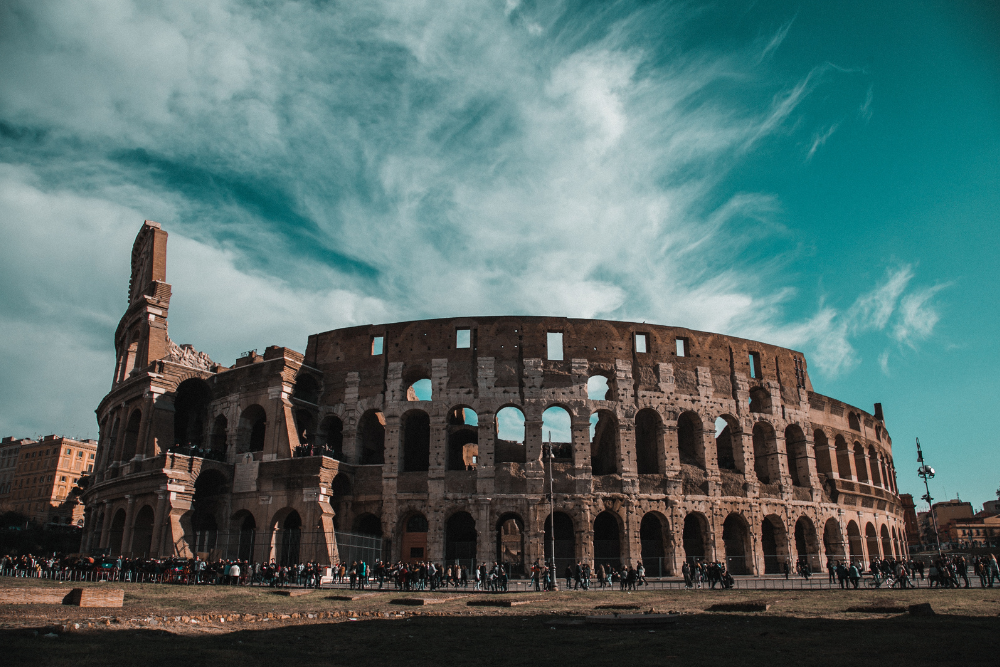
Both Pompeii and Herculaneum are easily accessible from Naples and Sorrento, making them ideal day trips:
- By Train:
- From Naples, take the Circumvesuviana line to Pompei Scavi or Ercolano Scavi stations. The journey is approximately 30–40 minutes.
- By Car: Drive along the A3 highway and follow signs for Pompeii or Herculaneum. Parking is available near both sites.
- Tours: Many companies offer guided tours with transportation included from Naples, Sorrento, or the Amalfi Coast.
5. What to Look for During Your Visit
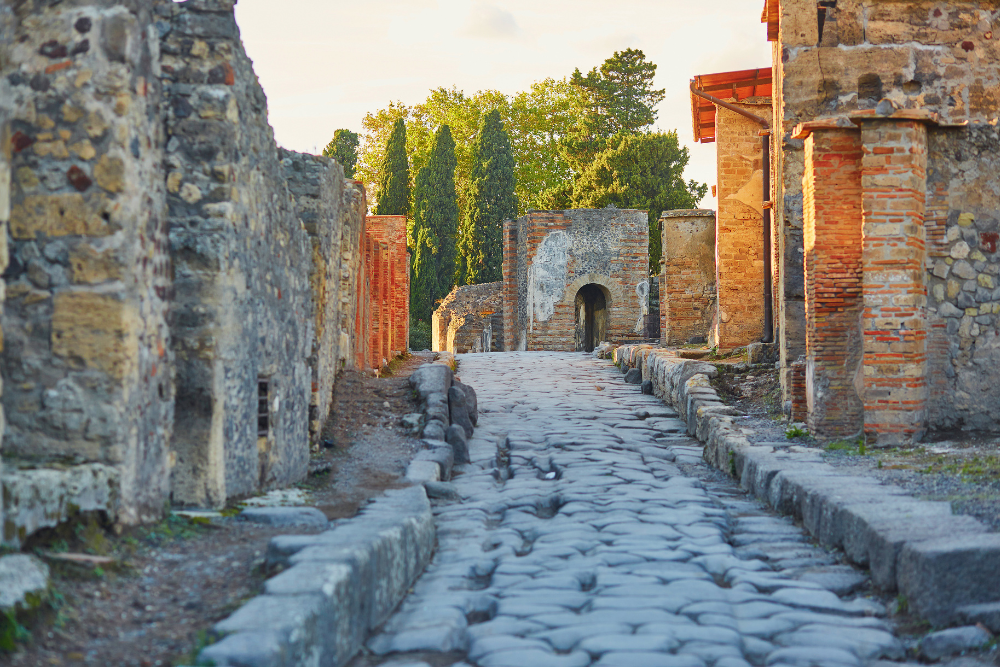
- Architecture: Observe the layout of Roman homes, from atriums to courtyards, and marvel at intricate mosaics and frescoes.
- Daily Life Artifacts: From pots and pans to graffiti on walls, these items offer a glimpse into Roman daily life.
- Human Stories: The plaster casts in Pompeii and the skeletal remains in Herculaneum humanize the tragedy, reminding visitors of the lives lost in the eruption.
Conclusion
Exploring Pompeii and Herculaneum is like stepping back in time to witness the grandeur and tragedy of ancient Rome. Each site tells a different story of life, art, and resilience, making them essential stops on any trip to Italy. Whether you’re captivated by the haunting plaster casts of Pompeii or the intricate details preserved in Herculaneum, these ruins are a testament to the enduring legacy of one of history’s greatest civilizations.



